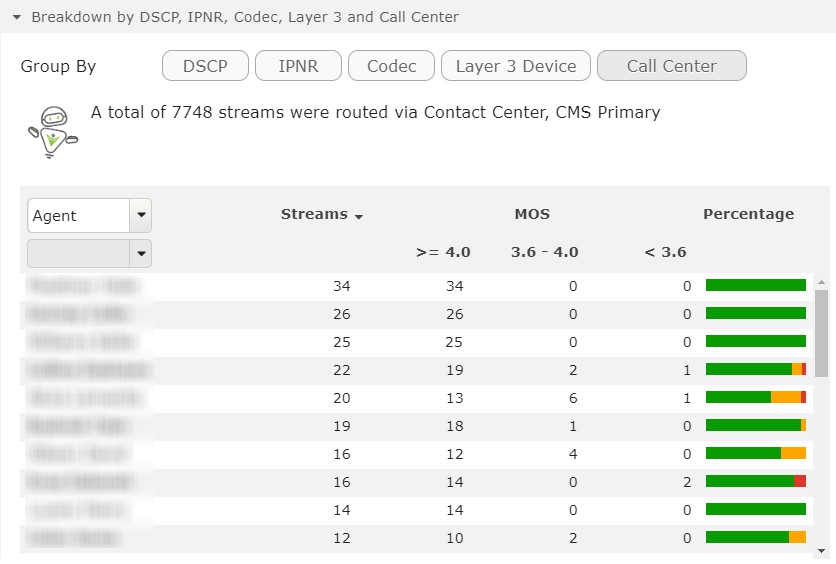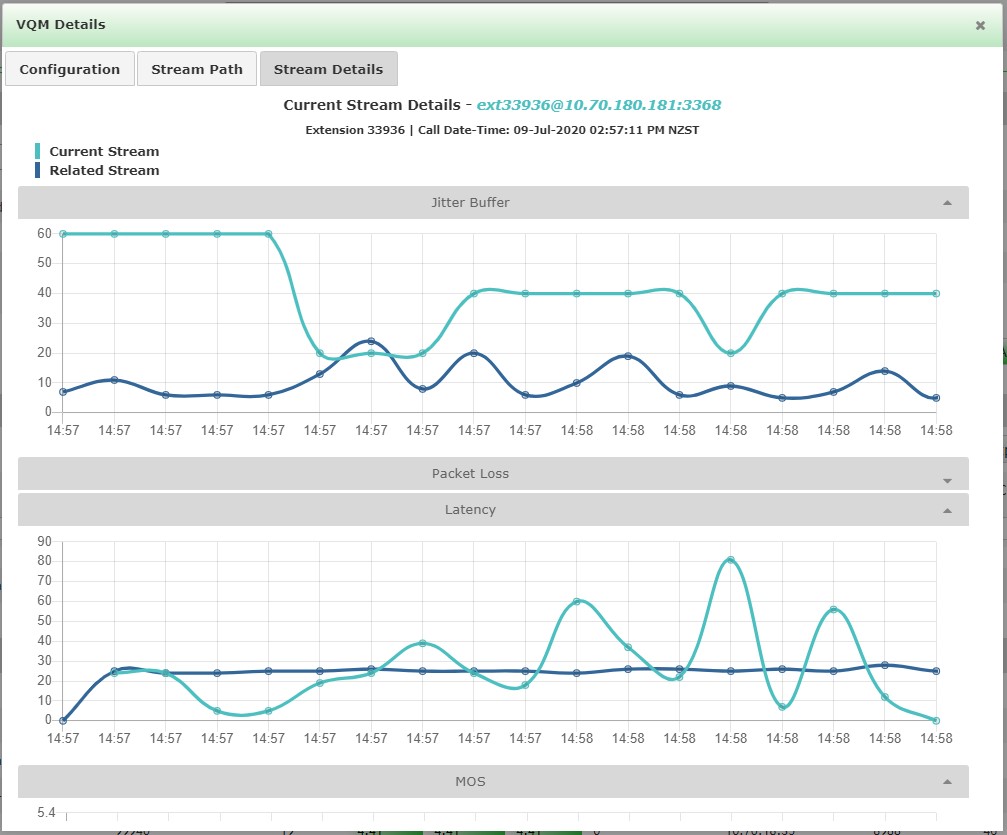Published in UC Today, July 2020
A vast chunk of the global workforce now works from home, possibly for the long term, with many businesses saying they’re unlikely to point employees back to their office desks – at least not on a full-time basis.
Giants such as Facebook are leading the way, with company chief executive Mark Zuckerberg earlier this year saying the world’s largest social network would start “aggressively opening up remote hiring”, expecting around half its workforce to work remotely over the next five to 10 years.
Technology is the enabler, with apps and cloud services, such as Spaces, Webex, Zoom, Slack, Google, and many others providing workers with remote access and connectivity to people, tools, and networks to do their jobs.
The shift has been widely hailed as a success, obliterating lingering skepticism held by corporates regarding the likely hit to productivity when employees are left to their own ends. What’s more, many businesses switched to remote working without missing a beat, carrying on while their offices were closed.
Jack Dorsey, CEO of Twitter summed up the feeling when he said: “The past few months have proven we can make that work. So, if our employees are in a role and the situation enables them to work from home, and they want to continue to do so forever, we will make that happen.”
However, the realities of remote work may not be as glitch-free as reports suggest, with deep analysis of call quality revealing new vulnerabilities in unified communications (UC) systems when users work beyond the confines of private networks.
Analyzing data gathered from more than two billion calls conducted by our global community of clients, we zeroed in on call quality from March to May – the critical three months from the mainstream emergence of COVID-19 to escalated alert levels and lockdown.
During this remarkable period in history, our platform processed 32% more calls. Video calls in our user community grew from less than 1% to 8.2% of sessions as workers isolated themselves and clambered to retain the benefits of face-to-face communication.
As people and workplaces adjusted to working from home, call quality took a major hit. At its worst, quality disturbances impacting both customer and user experience were evident in 68% of voice sessions.
World worst call quality day was March 23. However, by mid-April the situation had turned around, with quality issues arising in just 3.4% of calls. The improvement corresponded with a growing appetite among our clients for data driven decision-making. Specifically, the number of reports used to guide configuration adjustments to compensate for remote working and the vagaries of public internet increased by almost 2,500%.
These developments demonstrated the ample scope to change configuration so that UC systems kept performing at their best.
For example, when contact centers tracked the quality of interactions at agent level, they were able to prioritize callers away from agents impacted by call quality issues. This move immediately minimized brand impact while UC teams worked on a more permanent fix.
We also saw how adjustments to agent selection algorithms enabled call centers to detour growing bottlenecks created by certain caller scenarios, preserving caller experience.
Further intelligence also illuminated the profound impact of choice of audio codec and how patterns of latency, jitter, and packet loss vary massively between home networks and ISP’s. Counter-intuitively, perhaps, codecs that use less bandwidth are often not the right answer.
If there’s one thing we should all agree about it is this: it is no longer acceptable to blame home Wi-Fi for inferior UC performance, shrug our shoulders and concede that nothing can be done to improve customer and user experience for remote workers.
There is a wealth of data available to pinpoint specific problems and steer configuration adjustments. You just need the right set of eyes to see the answers.
Virsae’s Remote Worker Assessment service provides real-time indicators of critical changes to keep your UC and CC platforms running at peak performance, wherever your staff work. Book a Demo.
VQM by remote agent insight


